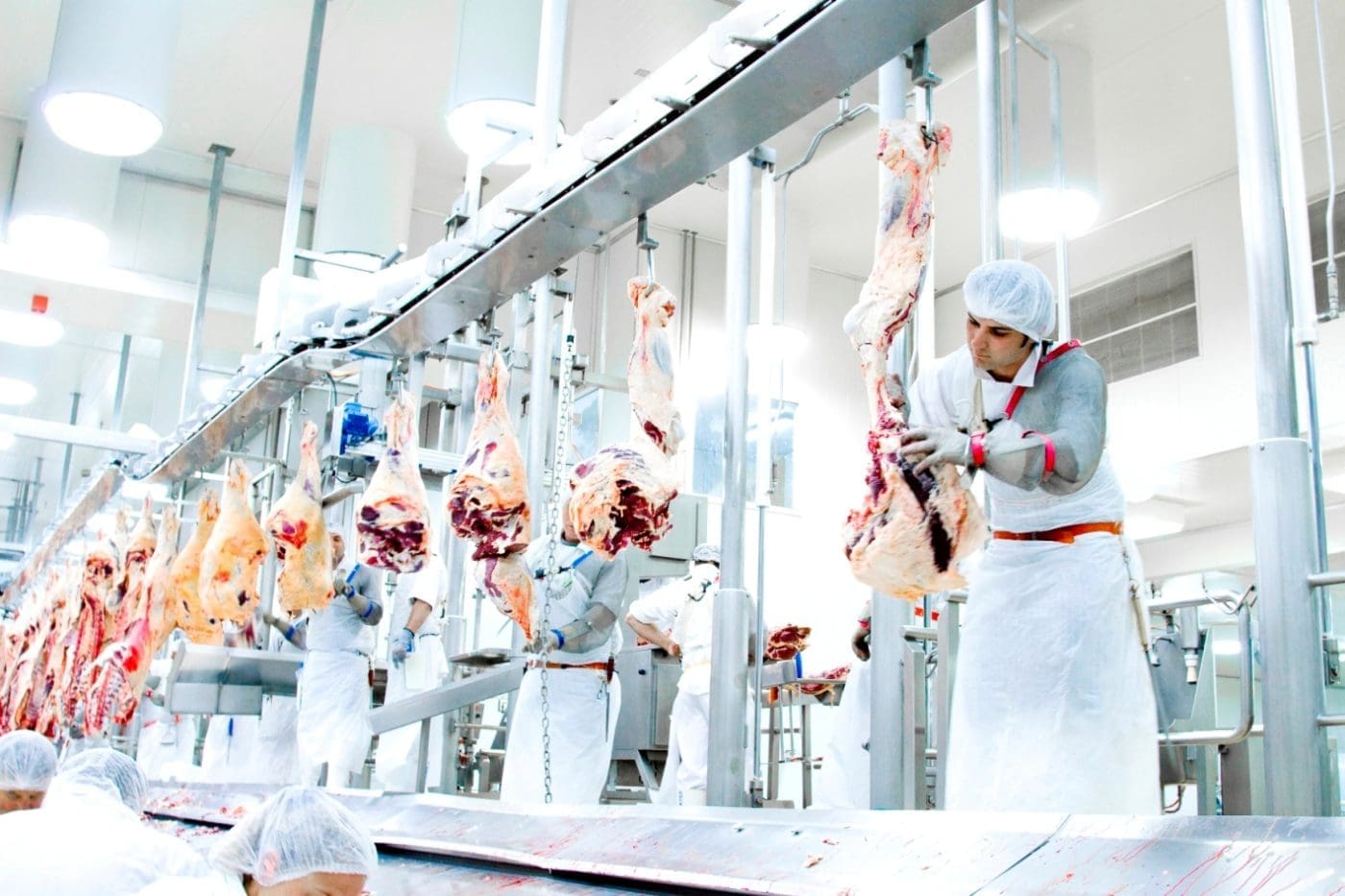
Australia’s red meat processing industry will focus on three key pillars in its 2025-2030 five year strategic plan released this week.
The Australian Meat Processor Corporation’s five-year strategic plan aligns with similar releases over the past ten days by Meat & Livestock Australia and the Red Meat Advisory Council’s over-arching Red Meat 2030 strategic plan.
AMPC’s Strategic Plan identifies and prioritises key areas of investment that will drive the Australian red meat processing industry forward into the next decade, in a rapidly changing global meat landscape.
The Australian Meat Processor Corporation is the research and development corporation for the red meat processing industry, investing in R&D and marketing activities on behalf of beef and sheepmeat processors.
Titled “A prosperous, resilient and sustainable future,” AMPC’s next five year plan reflects a comprehensive approach to future-proofing the industry – aiming to reduce costs, increase revenue and build a more sustainable industry.
The previous five year strategic plan funded more than 500 projects and delivered $6.40 for every dollar invested, AMPC said.
As part of the development of the plan AMPC said it engaged with a broad range of stakeholders, from processors and government bodies to research institutions and industry organisations, to understand the needs and goals of the entire value chain.
“This plan considers emerging opportunities and threats while focusing on delivering sustainable, innovative, and transformative solutions that support long-term growth and global competitiveness,” it said.
Over the next five years, AMPC will invest in three strategic pillars to advance the red meat processing industry in Australia, covering industry excellence, innovation and technology leadership, and growth and global competitiveness:
Industry excellence: Aimed at building a trusted and transparent industry renowned for integrity, safety, sustainability, and innovation. Responding to community expectations of the industry, including by continual improvement of animal welfare outcomes, developing a dynamic and future-ready workforce, and identifying opportunities for more sustainable industry practices.
Innovation and technology leadership: Driving productivity and competitiveness through cutting-edge research and development and the adoption of advanced technologies. By fostering collaboration with global and local innovators, the industry will accelerate transformative change, improve efficiency, and adapt to future demands.
Growth and global competitiveness: Expanding market opportunities and carcase value by aligning with emerging consumer needs and lifting the value of Australian red meat. Research will expand market access, strengthen the industry’s global reputation, and maximise revenue growth and competitiveness.

Edwina Toohey
AMPC’s interim chief executive Edwina Toohey said the development of the plan had been a comprehensive process, with valuable input from stakeholders.
“The plan sets the direction for AMPC’s investment priorities, and I look forward to delivering on it with the team,” she said.
Trends affecting the red meat processing industry
The five year plan identifies a series of seven trends shaping the red meat processing industry, discussed below.
“By embracing innovation, sustainability, and collaboration, the industry has the potential to lead globally, turning obstacles into catalysts for growth, resilience, and alignment with evolving consumer expectations,” the report says.
Labour shortages and workforce development
Labour shortages continue to be a significant challenge across the red meat processing value chain, driven by a range of factors, including accessing sufficient workers, retention of staff, and in some cases, affordable housing.
AMPC has placed a strong emphasis on addressing this challenge through upskilling, talent attraction, and workforce development, it said.
Key solutions include leveraging automation, artificial intelligence, and digitisation to enhance labour efficiency and reduce dependency on manual processes. These technologies decrease labour requirements and also position the industry as a hub for developing relevant technical skills, making it an attractive field for a new, diverse, and innovative workforce.
Regulatory pressures and compliance
The high cost of compliance with Environmental Social Governance standards, food safety protocols, maintaining current compliance, and biosecurity measures poses a significant challenge to expanding international markets for the red meat processing industry.
These expenses limit profitability and competitiveness across the industry. Simplifying and streamlining complex requirements could reduce costs, support industry compliance, and open new export opportunities, strengthening the industry’s global position.
Technological innovation
Technological advancements, including automation, artificial intelligence, and data-driven decision-making, were identified as transformative opportunities for the industry. These innovations have the potential to optimise operations, improve traceability and enhance yield across the value chain.
They are seen as essential for meeting growing consumer demands for transparency, sustainability, and premium-quality products, positioning the industry at the forefront of modern, data-enabled agriculture.
Global leadership and innovation
The Australian processing industry is recognised as a global leader in sustainability, innovation, and product quality. Stakeholders emphasised the importance of building on this strong foundation by supporting research-backed innovative solutions to maintain a competitive edge over international competitors, who also continue to innovate.
They also highlighted the need to improve communication about the industry’s exceptional standards, particularly in human health, animal welfare, and sustainability, to achieve greater recognition domestically and internationally.
Sustainability and environmental credentials
Sustainability remains a central focus for the Australian red meat processing industry. Key themes included low emissions food production, waste reduction, resource efficiency, clean energy, and the use of circular economy principles.
Achieving robust sustainability credentials is essential to meeting consumer and regulatory demands while maintaining a competitive edge globally. Processors identified significant opportunities to enhance value by reducing resource use and increasing the use of by-products through innovative circular economy strategies. Consumer preferences and market trends Shifting consumer preferences toward sustainable, ethical, and transparent production are reshaping the landscape of the Australian red meat processing industry. These changes are driving demand for innovative and high-value products that align with these standards and values. The rise of alternative proteins and global sustainability trends presents a challenge and an opportunity for the industry to differentiate itself through the superior quality and natural attributes of Australian red meat.
Collaboration and data integration
Enhanced collaboration across the supply chain, supported by transparent and integrated digital data flows, is essential for achieving alignment and optimisation within the Australian red meat processing industry. Processors, governments, and value chain stakeholders emphasised the importance of shared data and traceability to meet industry-wide goals.
Currently, the challenges are in accessing and using data that is not digitised. Further investment in streamlining data systems could unlock significant value, particularly if data is integrated with commercial and regulatory reporting requirements, transforming data into a powerful resource for the industry.
Strategic alignment and public trust
Building public trust through transparent communication and strong social license initiatives is essential for ensuring long-term sustainability in the Australian red meat processing industry. Aligning industry goals with global trends and consumer values is crucial for maintaining relevance, competitiveness, and the confidence of domestic and international stakeholders.

HAVE YOUR SAY